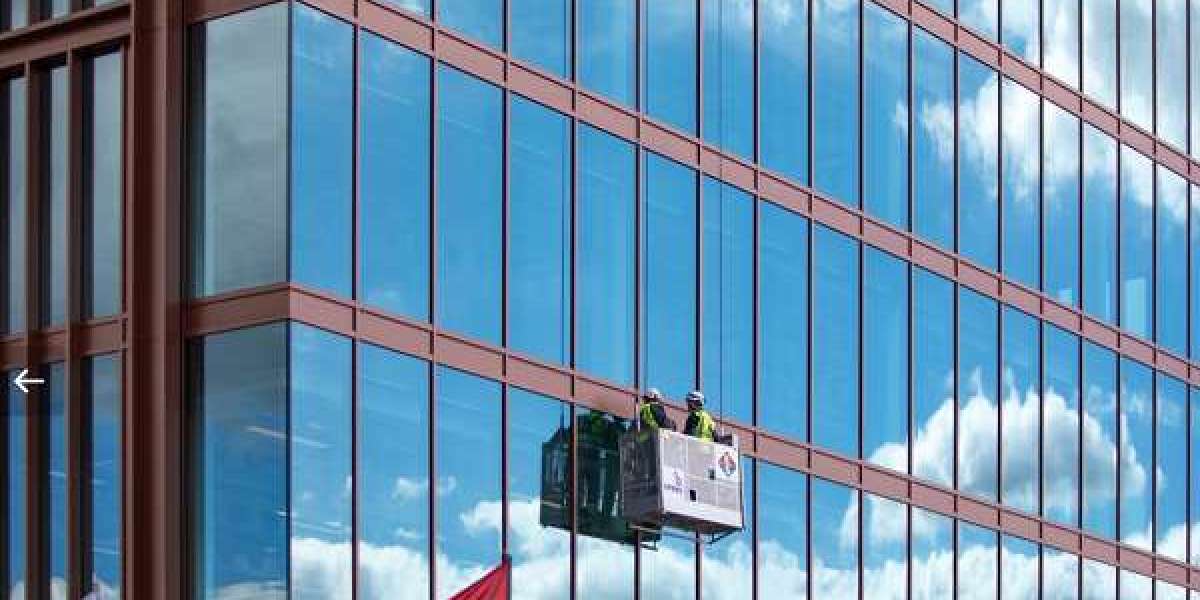Auxiliary hoist
When heavy-duty maintenance work is involved it might require the ascent of more than one person. An auxiliary hoist is required for window repair, roof maintenance, and façade repair. It enhances the versatility and functionality of the maintenance unit by providing extra lifting capability for specific tasks during building maintenance operations.
Base frame
Base frames serve as the foundation or structural support for the entire system. It's the framework upon which various components, such as the working platform, hoisting mechanisms, and other accessories, are mounted or attached.
It increases the versatility of the building maintenance units by providing a stable and secure platform for the attachment of different modules or configurations. It allows for the adaptation of various operational setups, such as adding a particular type of suspended access system or adjusting the equipment for different building shapes or sizes. Additionally, the base frame's design often incorporates safety features, enhancing the overall stability and safety of the maintenance unit.

Cradles
Cradles that are continuously restrained to the façade are designed to be used in winds up to 20 m/s. Winds are stronger and more abrupt at great heights, especially around tall objects such as skyscrapers. Any incident due to a faulty cradle may cause a fatality. However, building maintenance units should have a cradle restraint system to prevent any mishap in case of strong wind gusts.
The cradle restraint system required will differ depending on the structure of the building. The different types of cradle restraint systems used for the building include wire rope restraint, mullion guide rail, and soft rope system, among many others.
Mullion guide rail
The mullion guide rail serves as a track or guide for the movement of the suspended access system. They ensure the smooth and safe travel of the equipment along the building's facade, allowing for precise positioning and movement during maintenance or cleaning tasks. Mullion guide rails are essential in providing a secure path for the suspended platforms or rigs, ensuring stability and proper alignment while traversing the building's exterior surfaces.
Wire rope restraint
Wire rope restraints are commonly employed in scenarios where workers are suspended or supported by ropes during building maintenance tasks, such as window cleaning, facade repair, or structural inspections.
Soft rope system
These soft rope systems offer flexibility, lightweight properties, and reduced rigidity compared to steel cables. They are commonly employed in systems where workers are suspended, providing a safer and more comfortable experience while working at heights. Soft rope systems often utilise advanced materials designed to withstand the load requirements and offer better shock absorption, contributing to enhanced safety and reduced strain on the workers.
Conclusion
Standard equipment for safe ascent during building maintenance includes an auxiliary hoist for extra lifting, a stable base frame for support and adaptability, and cradles with restraint systems tailored to withstand high winds, such as mullion guide rails, wire rope restraints, and soft rope systems.



